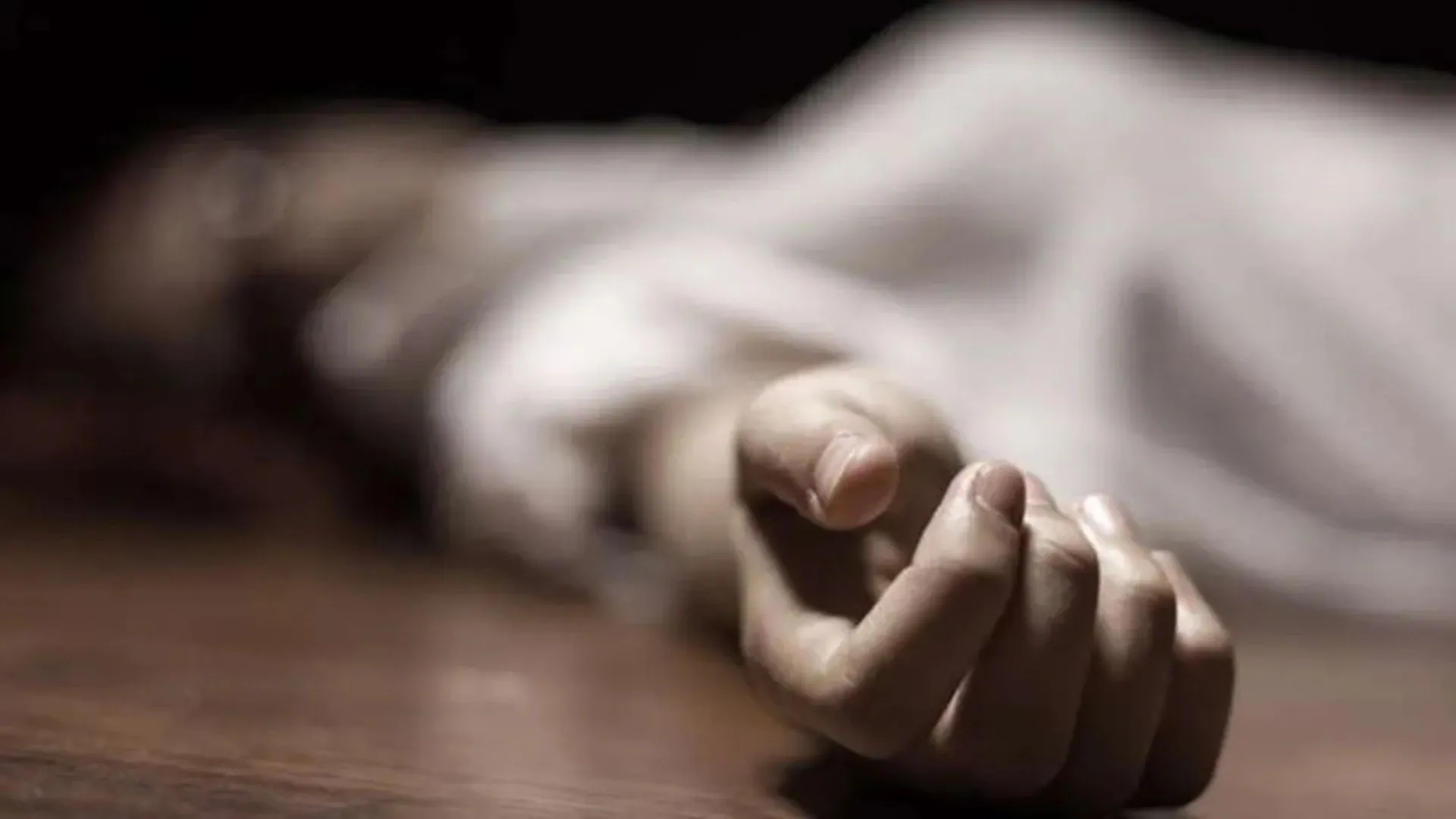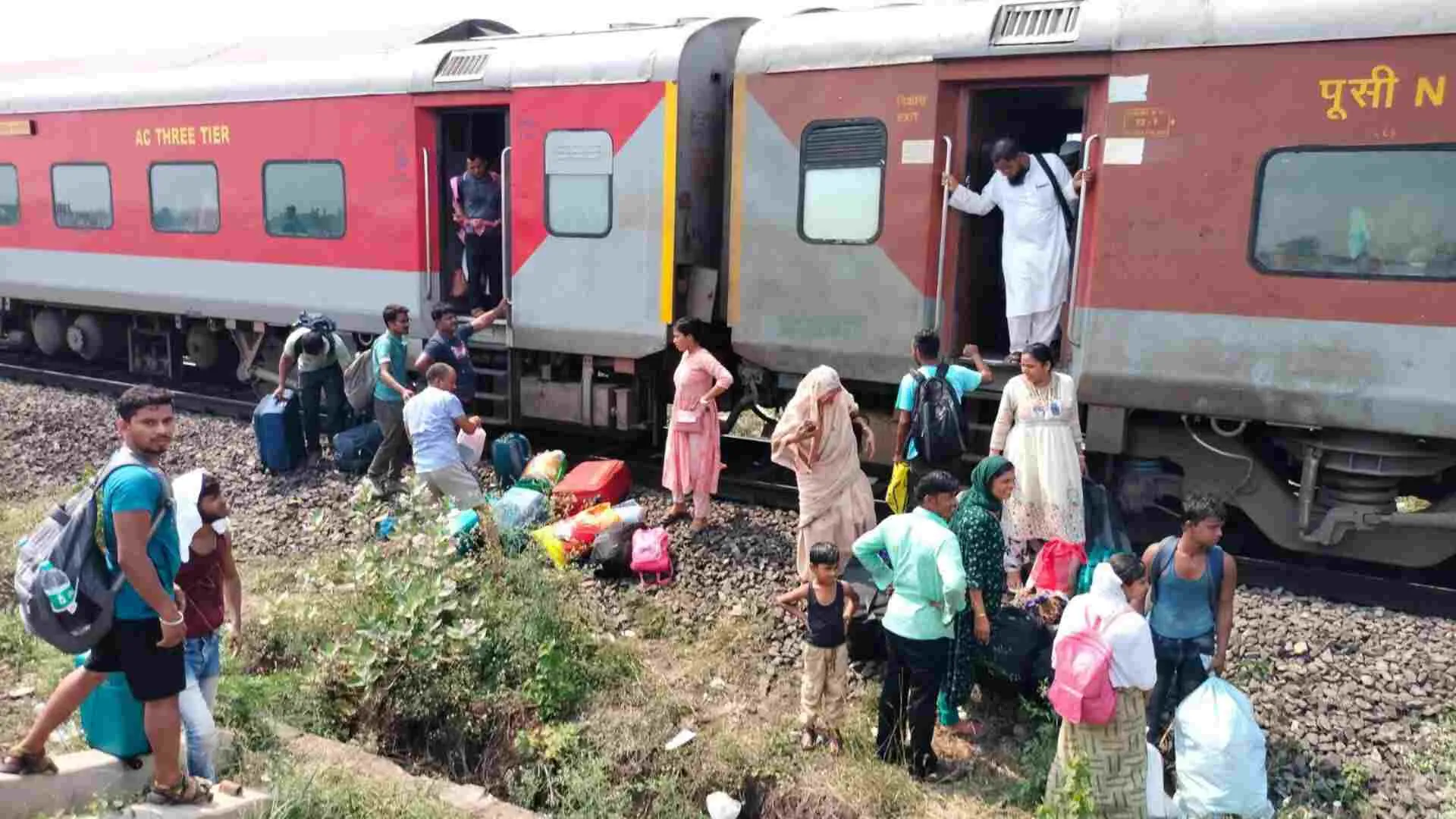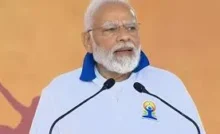Post the pandemic, the world at large is moving towards a hybrid model, where offline world meets the virtual world. Delving deeper into the concept and how it is impacting various sectors like education, business and marketing, Kestone recently held a special session on ‘Hybrid Technology: Future of Business’ on NewsX. For the special session, Piyush Gupta, President, Kestone was joined with Praveen Raju, Founder of Suchitra Academy and Co-chair of FICCI Arise and Dilip Puri, Founder and CEO of Indian School of Hospitality.
In his introductory remarks, Piyush Gupta shared his insights on technology, digital experiences in the virtual space and how he thinks technology, particularly virtual and hybrid events, will help transform the business space in the years and months to come. He said, “So for us, virtual has been relatively new. We have been in this virtual space for last about 15 months. We have seen it expand globally in a bigger way. Now, when things are opening up, Hybrid is the way where people are talking. I’m just not talking events but I’m just talking across industry. What virtual has done is, people have seen the benefit of being online. People have seen that business can be done online. We can scale up things online. There is a lot of aspect of virtual that people have understood and adapted. ‘Will that go off?’ No. We did a survey with our clients and what came out was about 90% of them believe that Hybrid is the way to go about it. They are not going to move away from virtual at all. That’s one trend that is coming up and you know, we ourselves are getting ready for it. ‘Do we know what’s the best way to do Hybrid?’ I think, we are also learning. I think the industry is also learning on what’s the best way to go about merging the virtual + physical. There are different terminologies that are coming in. There are different ways people are trying to do it. I think one very important thing would be that it’s now about having something on ground and then streaming it online. I don’t think that’s what Hybrid is. I think what will happen is how do you make sure that people who are online and people who are on ground, they are able to network with each other, connect with each other. I think that’s where things are moving. Both from, whether it is a learning space, whether it is the business space or an event space, it will all come down to that aspect of it. Suddenly, that’s where the direction Hybrid is or the whole Hybrid space is evolving and that’s globally.”
When asked Praveen Raju about how business model have changed, how messaging approaches have changed in this post-pandemic world for his sector, he responded, “When the lockdown was announced, none of us were prepared. School industry has been probably the least-technology intensive. Adoption of technology is very low in schools, that’s something which the teachers and the professors know. I am not sure if I can say it here but they are the toughest to teach to. We have had this experience in trying to get them to adopt to new technology and things like that. All the a sudden we are there. As they say, necessity is the mother of invention, The same teachers with the level of adoption of technology was at a completely different level.”
“We at FICCI, we had done a series of webinars. The first series was all international speakers. Generally, we would always look to the west to understand their models and try to implement in our scenario. We realised that in our schools, we are doing as good and in many cases better than what the west was doing. We thought that, you know, why not we empower our teachers from across the country and conduct webinars on how the model can be adopted. The kind of tools they were using, the kind of innovative practices that they came out with, were just brilliant. Hats off to our teachers and now that everything has opened up, it is a clean canvas out there. The most innovative are the ones who will be ahead and blended learning is here to stay. While I say blended learning, i mean, not that we do it simultaneously, happening here and at home, it’s kind of like a flipped classroom but it moves in a different direction. Flipped classroom, earlier, was just the teachers would ask student to research on something, come back or study and come back and have the discussion. Now, we have recorded content being pushed and you come back, you do a lot of different level of projects. While we have all suffered, learning has come down in schools, this is the silver lining. If you fast forward, possibly 4-5 years down the line, you will be at a new level and children, especially from India, will be able to handle the the new age world that is coming up, or is already there, far far better. The models are the flip learning is the number one. In this flip learning, the next level can be virtual reality, augmented reality. Whoever adopt better to virtual reality and augmented reality and make the engagement very immersive, I think those are the people that they will come out better, so these are some of the models that are coming up,” he added.
Dilip Puri, Founder and CEO of Indian School of Hospitality, on the other hand, expressed his opinion on how the business models have changed in the new normal. He said, “My own chances are that blended learning needs to be first understood because it is a word that is being banded about a lot. As Praveen said, it is about being able to put out asynchronous learning, which is where you have to first digitise your content and then put it out in a way to students and learners that can actually democratise education. Just imagine, traditionally, you are in a classroom and 50 kids are learning from one teacher. They are not on the same level ability to imbibe the learning in one go. With digital content being put out there beforehand, when students come into the class, there is more value in the class because the professor’s time can then be spent on discussion forums, evaluation, assessment than imparting theory of facts or data, which, I think, in this new world, needs to be done through digital content in an asynchronous manner. I think that needs to be understood as what blended learning is.”



